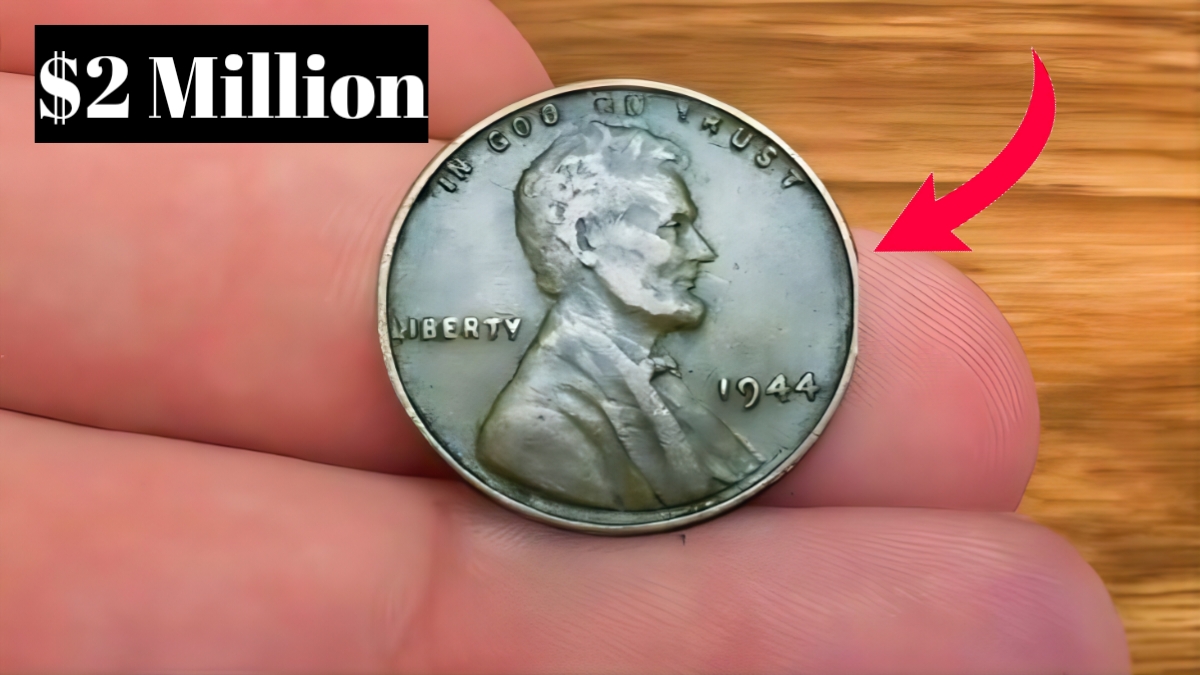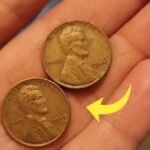The Lincoln Wheat Penny Valued at $2 Million: A coin that once held just one cent of value is now making headlines for fetching over $2.3 million at auction. The Lincoln Wheat Penny, specifically the 1943 bronze version, is among the rarest and most valuable coins in the United States. Though minted during wartime, this unique error coin has made collectors across the world sit up and take notice. Experts say a few of these coins may still be in circulation, possibly sitting unnoticed in homes and piggy banks today.
Lincoln Wheat Penny History
The Lincoln Wheat Penny was first issued in 1909 and continued until 1958. It features President Abraham Lincoln on the front and two wheat stalks on the back, which gives the coin its name. While most of these coins are common and worth only a few cents, certain rare versions are worth thousands or even millions. These valuable variants usually come from minting errors or extremely limited production runs during historic periods.
Why the 1943 Bronze Penny Is Rare
In 1943, the US Mint switched from copper to steel for penny production due to wartime copper shortages. However, some leftover bronze blanks were accidentally used during minting. These mistakes produced the 1943 bronze Lincoln Wheat Pennies, which are now considered extremely rare. Because this error was never intentional, only a very small number of these coins were created. Their accidental origin and rarity make them worth millions today.
How Many Exist Today
Experts believe fewer than 20 genuine 1943 bronze pennies have ever been found from all three US Mints—Philadelphia, Denver, and San Francisco. Among these, only a handful are in mint condition. The combination of rarity, material uniqueness, and historical relevance drives their sky-high value. One such coin was auctioned for $2.3 million, setting a record in the rare coin market and attracting global attention from numismatics enthusiasts.
Still in Circulation?
Despite being extremely rare, it’s entirely possible that some 1943 bronze Lincoln Pennies remain in circulation. In many past cases, people unknowingly spent or stored valuable coins in jars, drawers, or at local banks. Experts claim that some of these coins might still exist in private hands. It’s even possible one could be hiding in your own home, mixed in with other old coins saved over the years without much attention.
Identifying the $2 Million Penny
The first clue is its color—steel pennies are silver-gray, while bronze ones have a reddish or coppery tone. If you find a 1943 penny with this color, it’s worth checking further. Use a magnet to see if it sticks. Steel will, bronze won’t. Also, weigh the coin; bronze pennies weigh about 3.11 grams, while steel versions weigh less at around 2.7 grams. These small tests can help you identify a potentially rare and highly valuable coin.
Look for the Mint Mark
Each coin may have a small letter below the date—’D’ for Denver, ‘S’ for San Francisco, or no mark for Philadelphia. All three 1943 bronze penny versions are considered valuable. The Philadelphia mint produced the most, but even then, very few bronze ones were struck. If you find one with a mint mark and it passes the weight and magnet tests, you might be holding a fortune in your hands without even realizing it.
Get Professional Verification
If you believe your coin meets these signs, avoid cleaning or altering it in any way. Cleaning a rare coin can reduce its value significantly. Instead, get it verified by agencies like PCGS or NGC, which are well-known coin grading services. These organizations can confirm its authenticity and condition, both of which greatly impact its market value. Only certified coins are accepted in serious auctions and by top collectors.
Real-Life Discoveries of Rare Coins
There are many stories of people finding valuable coins in the most unexpected ways. A child working on a school project once discovered a coin worth lakhs in his family’s coin jar. In another case, a woman cleaning her garage found a penny later valued at over $100,000. These stories prove that such discoveries aren’t just myths. It takes only a moment to check your old coins—and that moment could change your financial future forever.
Disclaimer: This article is for informational purposes only and does not constitute financial or investment advice. Coin values are subject to market trends, grading, and authenticity verification. Always consult certified numismatic experts before buying, selling, or cleaning rare coins




